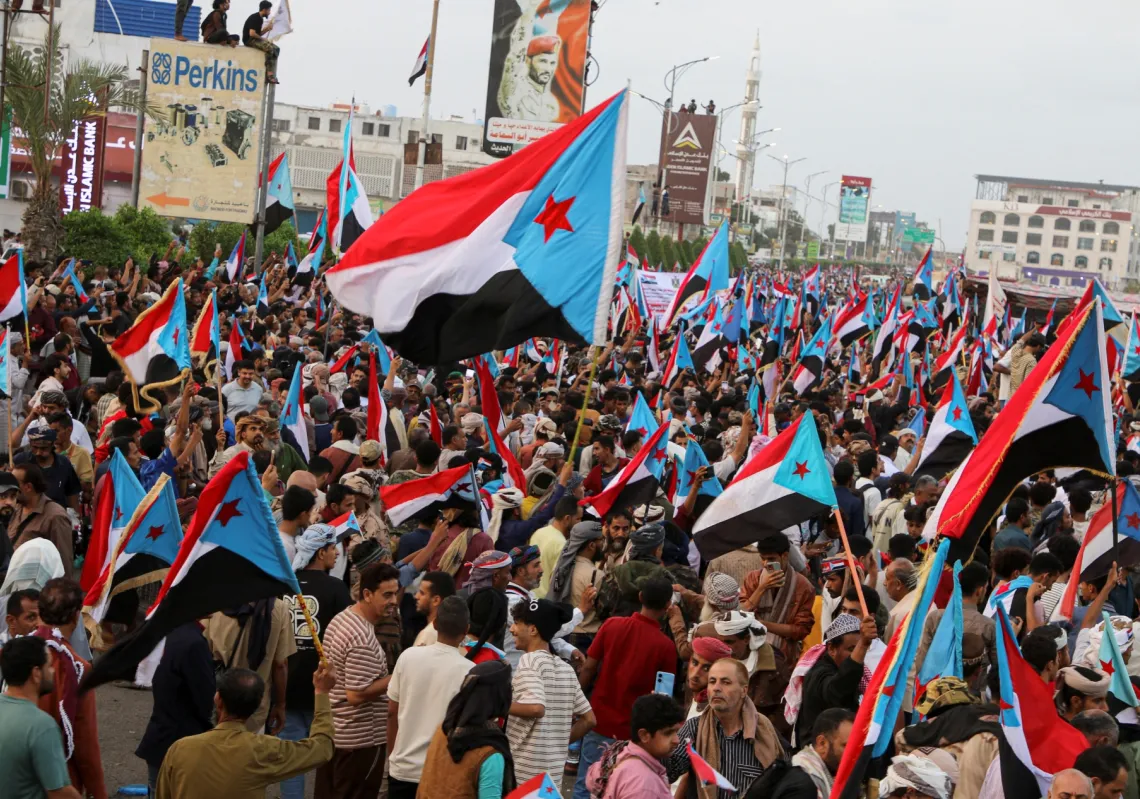After years of intense fighting, the Syrian conflict is now portrayed in political and media circles as a frozen or low-intensity conflict.
While this characterisation still holds true compared to the conflict's peak, recent military developments on the ground suggest an escalation — albeit through the adoption of new weapons.
Alongside the continued use of artillery shelling and rocket launchers in recent months, the al-Assad regime and its allied militias have begun deploying a novel weapon: suicide drones.
Since the beginning of 2024, these domestically manufactured drones armed with explosives are directed towards their targets through remote control systems and have been deployed along the frontlines in northwest Syria, aiming to enhance efficiency and reduce costs.
While the potential of these kamikaze drones to alter the territorial landscape of Syrian territories remains uncertain, they undeniably pose significant risks to civilians, who have increasingly become the primary targets of these attacks.
The use of drones is not new in the Syrian conflict. On the contrary, Syria has become a testing ground for various countries and armed groups to experiment with new drone technologies.
According to a report by the Dutch peacebuilding organisation PAX, since 2011, the United States, Russia, Iran, Israel, Turkey, and others have deployed 39 different types of drones during the ongoing conflict.
This extensive use of drones has turned Syrian airspace into a laboratory for advancing military capabilities, refining design and production techniques, and exploring how drone usage can enhance military tactics and strategies.

Locally, rebel groups, such as Hayat Tahrir al-Sham (HTS), have adapted and are also employing drones in their attacks against regime forces.
Similarly, the Syrian regime has been utilising drones since 2012, initially for reconnaissance and espionage purposes. However, in subsequent years, the regime began relying on Iranian-made drones, although this technology remained somewhat limited and relatively expensive.
As such, the Syrian regime heavily relied on Russia to provide air cover for its affiliated militias. However, Moscow’s ability to carry out that role diminished significantly after its invasion of Ukraine.
Rising cost of air strikes
Given the inherent limitations of the regime’s artillery in northwest Syria, including its inaccuracy and limited range, the necessity for alternative weapons has become increasingly apparent. This need is particularly pronounced due to the regime’s limited ability to carry out air strikes and the high costs associated with them.
Due to financial constraints, the Syrian regime appears to have turned to the development and deployment of suicide drones as a cost-effective means to maintain pressure on northwest Syria.
Russia has utilised kamikaze drones in Ukraine, as these devices are typically sophisticated, capable of flying long distances and inflicting substantial damage. However, models like the Iranian-made Shahed 136 have a hefty price tag, costing nearly $200,000 each.
Confronted with budget limitations, the al-Assad regime has followed in the footsteps of its rebel adversaries by venturing into the development of makeshift drones.
Hindered by the absence of air support from allies and the inability to access advanced technology, rebel groups have resorted to creating their own drones.













